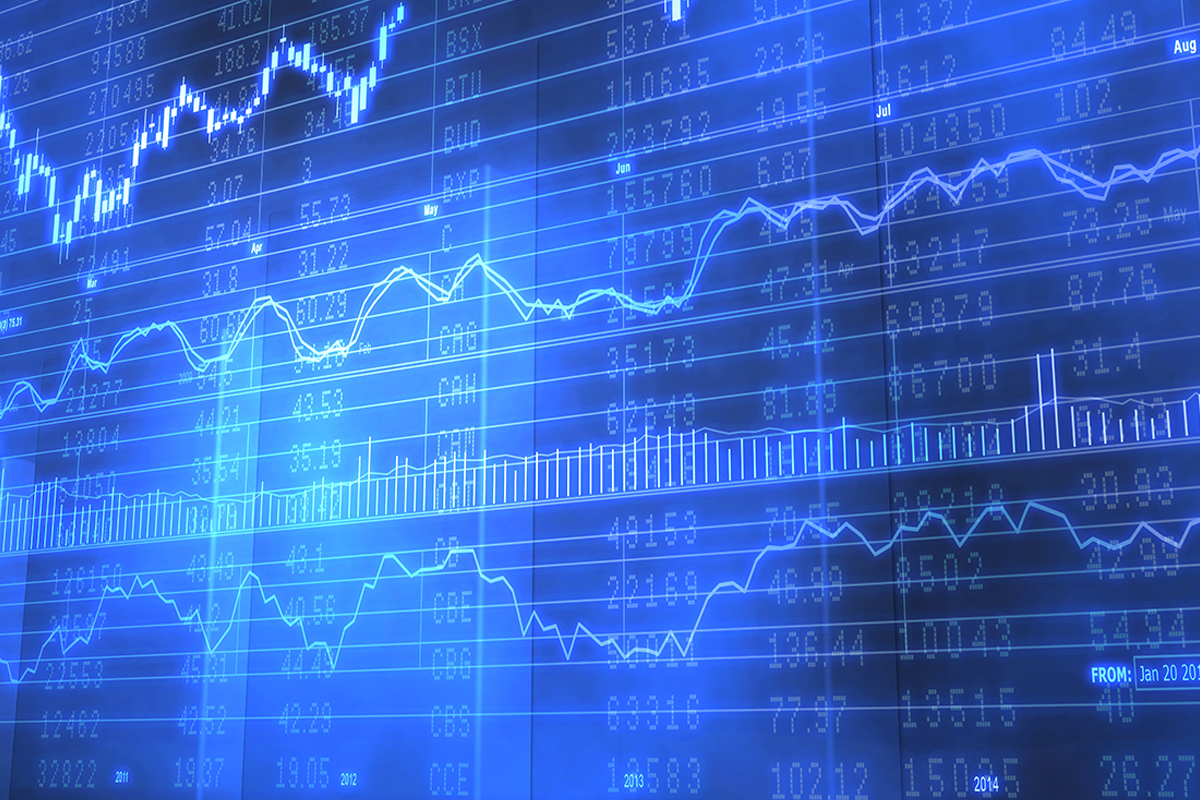Wall Street is slowing its five-week surge, witnessing another slight retreat.
Midday trading saw the S&P 500 fall by 0.4%. The index is on track for its third consecutive withdrawal, following last week’s peak, the highest in over a year. As of 11 a.m. Eastern time, the Dow Jones Industrial Average had fallen by 9 points, or less than 0.1%, landing at 34,044, while the Nasdaq composite was 1.2% lower.
Despite experiencing a solid rally of nearly 14% this year, the S&P 500 is decelerating. This surge was primarily driven by the anticipation of a swift decrease in inflation that could prompt the Federal Reserve to halt interest rate hikes, thereby helping to stave off an anticipated long-term recession. However, some market analysts believe that stocks may have climbed too high, too quickly, especially considering the persistent inflation and the possibility of the Fed maintaining elevated rates for an extended period.
Federal Reserve Chair Jerome Powell announced that reducing inflation to 2% is a long journey. Although he acknowledged that the Fed might decelerate its rate hikes after aggressively increasing them since last year, he did not dismiss the possibility of further hikes.
Commenting on the current scenario in his testimony before a House of Representatives committee, Powell said, “In light of the progress we have made, it could be wise to elevate rates further, but at a slower pace.” He likened this to decreasing speed from 75 mph to 50 mph and even slower as one nears the destination.
The high rates have already contributed to three significant failures within the U.S. banking system, keeping the sector under pressure despite quick governmental support.
According to Ann Miletti, Head of Active Equity at Allspring Global Investments, more minor and regional banks, which comprise about 50% of U.S. commercial and industrial lending, may face increased stress. This could make obtaining loans more challenging for small to medium enterprises, potentially harming the economy.
Miletti anticipates a possible upcoming U.S. recession due to the Fed’s rapid pace of rate hikes. She predicts that while the recession may not be profound, it could last longer than most forecasts.
She stated, “Inflation is decreasing, but the decline won’t be steady.”
As Powell spoke, bond market yields increased. The 10-year Treasury yield rose to 3.77% from 3.72% on Tuesday, influencing rates for mortgages and other significant loans. The two-year Treasury yield, more responsive to Fed’s expectations, ascended from 4.69% to 4.73%.
Heightened interest rates affect various stocks, bonds, and other investments, with high-growth stocks often feeling the most significant impact. Several Big Tech stocks, including Nvidia, were among the primary drags on the market. Nvidia fell by 3.9%, retracting some of its outstanding gains from earlier this year due to Wall Street’s excitement around the AI industry.
FedEx also impacted the market negatively after it projected lower-than-expected earnings for the upcoming period. Despite reporting a more substantial profit for the latest quarter than predicted, its stock declined by 1.7%.
Winnebago Industries’ stocks also fell by 1.7% after reporting higher profit but lower revenue than forecast for the most recent quarter.
Internationally, stocks continued to decrease. Chinese stocks tumbled over concerns about the country’s economic recovery. The Hang Seng in Hong Kong dropped by 2% after the Chinese government’s interest rate cuts fell short of investor expectations. Stocks in Shanghai decreased by 1.3%, and South Korea’s Kospi fell by 0.9%.
European stock indexes also experienced slight declines. London’s FTSE 100 fell by 0.2% following a U.K. inflation report that exceeded expectations, fuelling speculation that the Bank of England may increase interest rates again.
In the meantime, Wall Street watchers are keeping a close eye on the developments. Market participants will keenly watch the Federal Reserve’s moves and interpret the signals from inflation figures and other economic indicators. As the second quarter of 2023 unfolds, the main question remains: will the slowdown in the rally be a brief pause before the next leap, or is it the start of a more prolonged period of stagnation or decline? Only time will tell.







